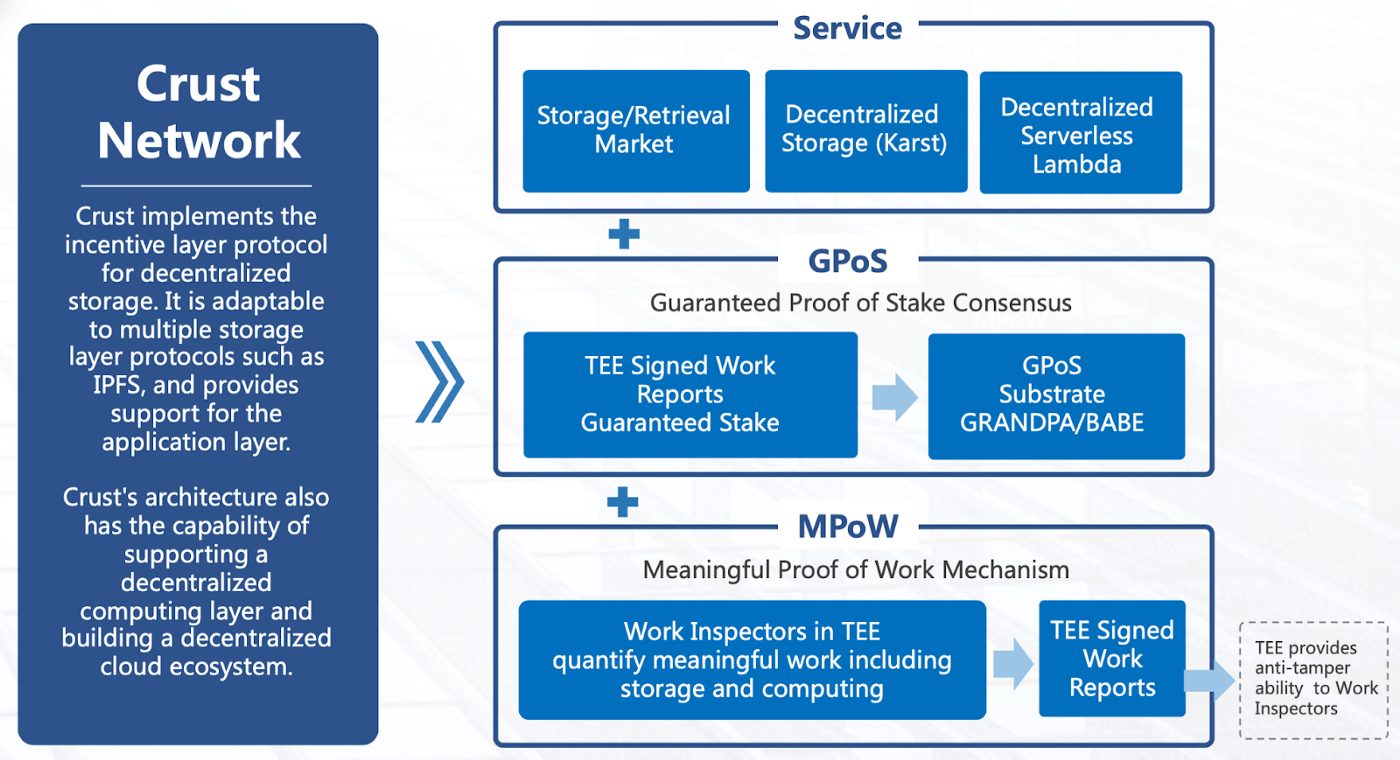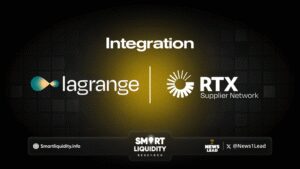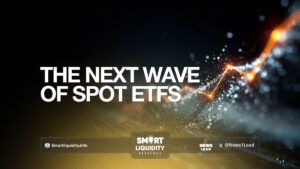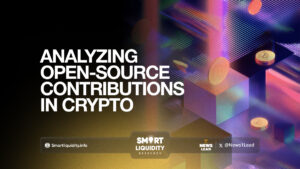FAQ about Crust Network


Crust Network, decentralized cloud blockchain technology, introduced Frequently Asked Questions section.
Crust implements the incentive layer protocol for decentralized storage. It is adaptable to multiple storage layer protocols such as IPFS, and provides support for the application layer. Crust’s architecture also has the capability of supporting a decentralized computing layer and building a decentralized cloud ecosystem.
Based on TEE (Trusted Execution Environment), Crust proposed MPoW (Meaningful Proof-of-Work). Crust storage nodes will periodically report to the entire network how much storage “I” provided, what user files “I” stored, and other information. With the help of the MPOW mechanism, the workload in the report is verifiable and credible. Crust storage nodes will record and pack the workload report along with other transactions into the block.
You can learn more:
- What is Crust?
- What is TEE and what is the role of TEE in Crust?
- What are the application scenarios of Crust?
- What’s the relationship between Crust and IPFS?
- What’s the difference between Crust and Filecoin?
- What’s the total supply of Crust?
- What’s the meaning of the Network Status at the bottom of the Maxwell Preview Network Weekly Report?
- When will the Crust mainnet be launched? Will Crust participate in the Polkadot Slot Auctions?
- How does Crust join in the Web3/Polkadot ecosystem and what is the impact?
- How can users participate in Crust Network?
- How can users join Crust mining?
- Will there be any changes to the Crust Mainnet compared to the Preview Network mining?
- How to store files with Crust Network
- How to participate in the on-chain governance on Crust?
- How to apply for Crust Grants
📰 INFO:
https://medium.com/crustnetwork/frequently-asked-questions-crust-network-e7f6db5e34a5




